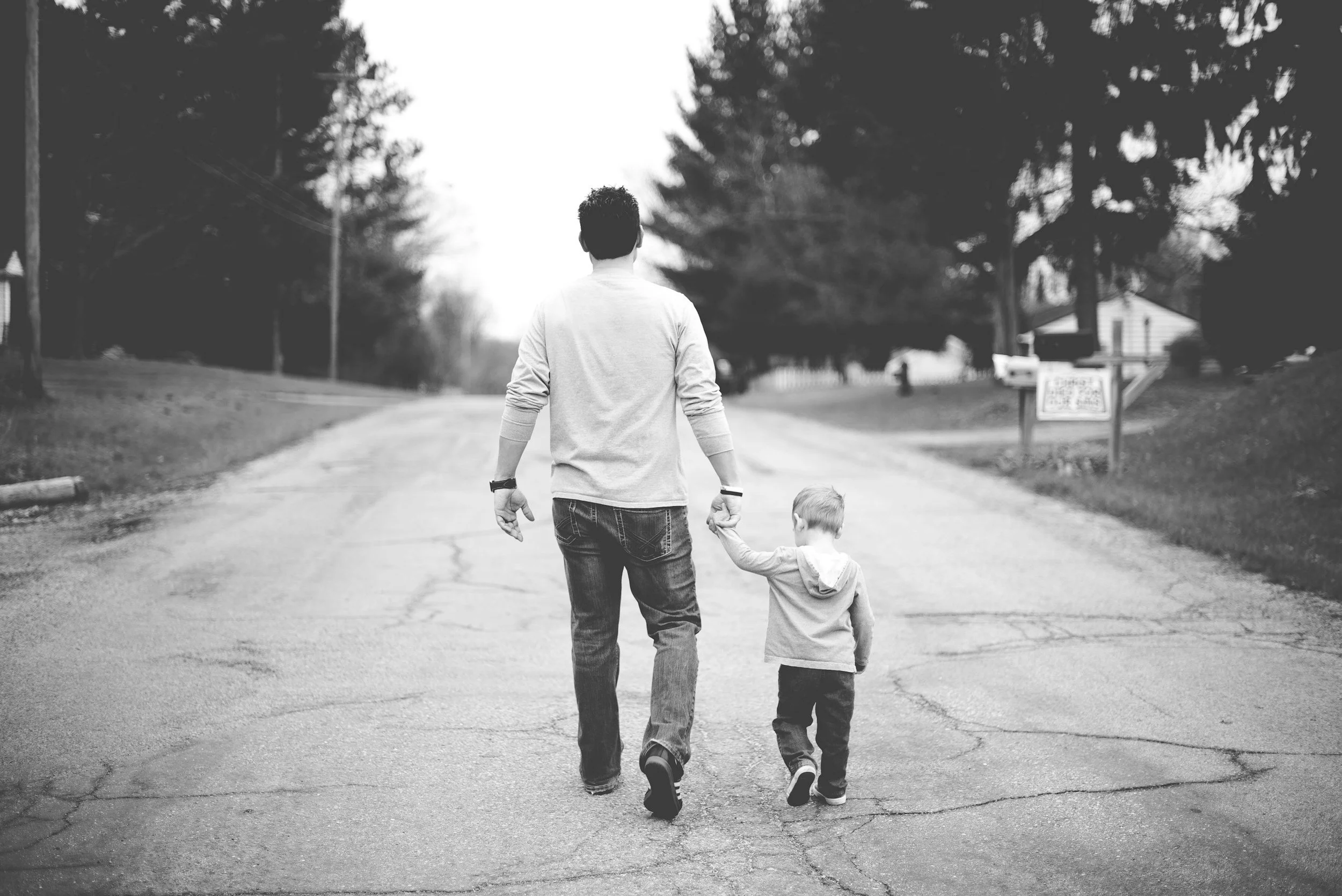
Protect Our Children
The reality we face is stark: it's not a question of if another school shooting will happen, but when and where. For parents, the thought is terrifying—will my child be next?
Has my child’s school taken the necessary steps to prevent an attack, such as implementing physical security measures, weapons detection systems, and robust mental health and threat reporting programs?
Are teachers and staff equipped to respond effectively in the event of an attack, protecting children until law enforcement arrives? If my child is injured, do they have basic medical skills and equipment, like tourniquets, to keep them alive during those crucial moments?
Does my child know what to do to protect themselves in an attack?
How quickly will law enforcement arrive, and will they take immediate action to neutralize the threat? Will officers respond decisively, or will we face delays like in Parkland or Uvalde, where hesitation cost precious lives?
After the attacker is neutralized, will the responding officers have the skills and readiness to provide immediate medical care and evacuate injured children swiftly?
If there are mass casualties, will law enforcement and emergency medical services coordinate effectively to treat and evacuate students?
And finally: What is my role as a parent? How can I make a difference to protect my child and ensure their school is prepared?
These are tough questions, but asking them is the first step in demanding accountability and action.
Current Challenges in School Safety
-
Organizational Silos
A lack of communication and collaboration between stakeholders hampers both prevention efforts and effective response to active assailant incidents.
-
Limited Bandwidth
Schools and law enforcement face numerous competing priorities, limiting their ability to dedicate the necessary time and resources to comprehensively address school safety and solve this complex problem.
-
Lack of Expertise
Many organizations lack the specialized security knowledge required to identify critical vulnerabilities and implement effective security measures.
-
Minimal Funding
Insufficient funding for education and law enforcement restricts the ability to acquire the necessary systems, equipment, and training needed for adequate readiness.
Our Solution
As an objective third-party with extensive security expertise, we bring a comprehensive and whole-community approach to school safety. We work to identify vulnerabilities, enhance stakeholder capabilities, facilitate joint planning and multi-agency training, and conduct full-scale exercises to ensure the highest level of preparedness.
The Plan
-
Conduct a comprehensive, objective evaluation of each organization's current capabilities to identify vulnerabilities, gaps, and potential points of failure.
-
Conduct a comprehensive, objective evaluation of each organization's current capabilities to identify vulnerabilities, gaps, and potential points of failure.
-
Enhance the knowledge, capacity, and capabilities of stakeholders, building a common operational foundation to support shared safety outcomes.
-
Facilitate multi-agency planning to define roles and responsibilities, integrate Emergency Operations Plans, improve communication, and conduct realistic scenario-based training.
-
Conduct large-scale, realistic exercises involving all stakeholders to test physical security, emergency plans, communication systems, and overall emergency management.
-
Ensure ongoing high-level readiness through regular Red-Team validations, continuous training, scheduled exercises, and ongoing consulting and support.
Let us help make your school safer.

